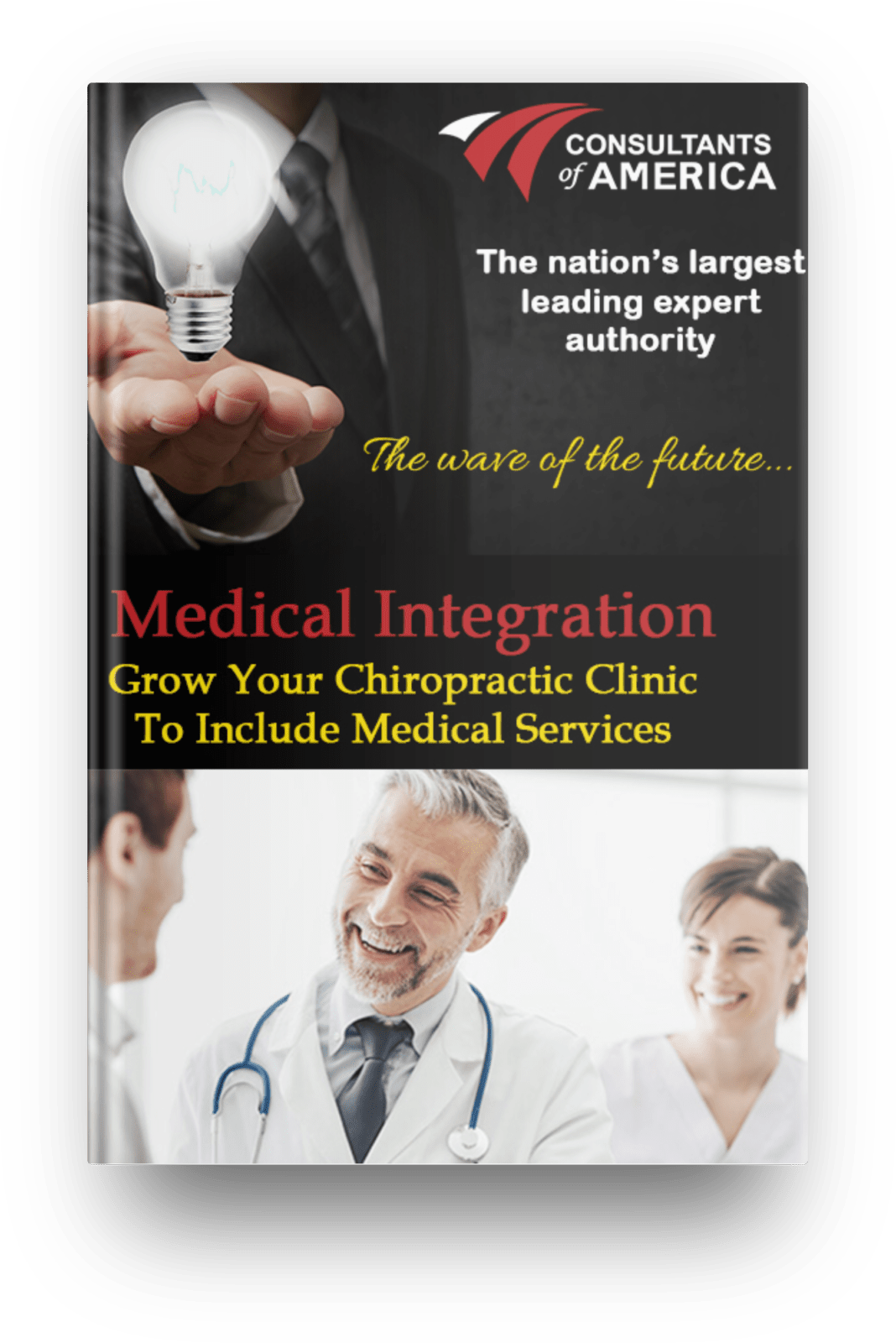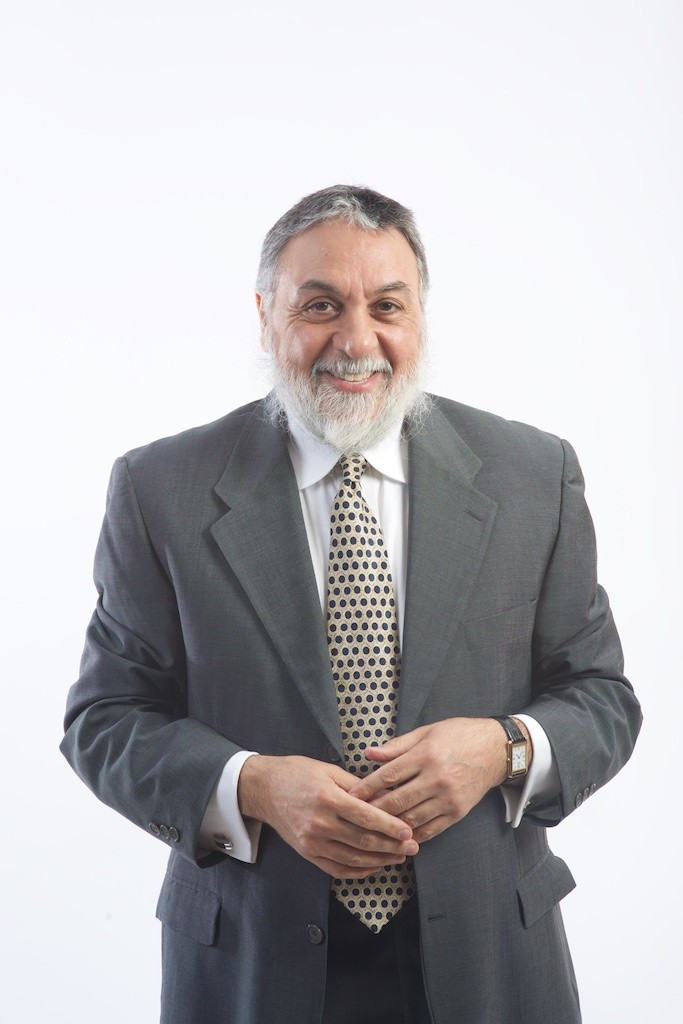There have been many articles claiming that for the last couple decades, a large portion of the American adult population uses “alternative therapies”. Interestingly enough, the percentage is even higher for patients aged between 35-49.
One such report stated that the number of visits to providers of unconventional therapy (629 Million) was greater than the actual number of visits to all primary care medical providers nationwide. The report also stated that 386 Million Americans have spent over $20 Billion in out of pockets during visits to alternative practitioners. This number does not include any items such as herbal products, classes and equipment and so on…
What is even more intriguing, is that some statistics found that in 2012, 33.2% the US adults used complimentary health approaches and that today, nearly ¾ of all US medical schools offer elective courses in natural and alternative medicine or have included such courses in their required curriculum. This particular study also showed that 66% of individual have received a massage therapy for one or more various reasons.
So, what do these number possibly tell us?
Basically, that alternative health care is part of our world today and certainly being used by a large percentage of our population. Hence it is fair to assume that the interest in alternative therapies from the public, has definitely been more prevalent in the last few years.
Yet, another important vital point to consider, is that many practitioners are highly attracted to the medical integration model for its financial benefits. Indeed, as a consultant to thousands of doctors with successfully established medically integrated centers throughout the USA, I can honestly vouch that doctors truly enjoy the added revenues generated by the increase of new patients who are attracted by the wide variety of services offered in a medically integrated clinic.
Perhaps also one other compelling group interested in the model of medical integration is the insurance companies. It is clear that with proper patient education and supervised guidance by caring health care practitioners, patients can stay healthy by practicing preventative health care which in turn will benefit insurance companies by saving millions of dollars in reimbursement to health care providers.
In conclusion, it is very clear that by combining the expertise of several health care practitioners all under one roof, and by providing unadulterated genuine care, our country and society would have unmatched benefits both at the health and economic level.




